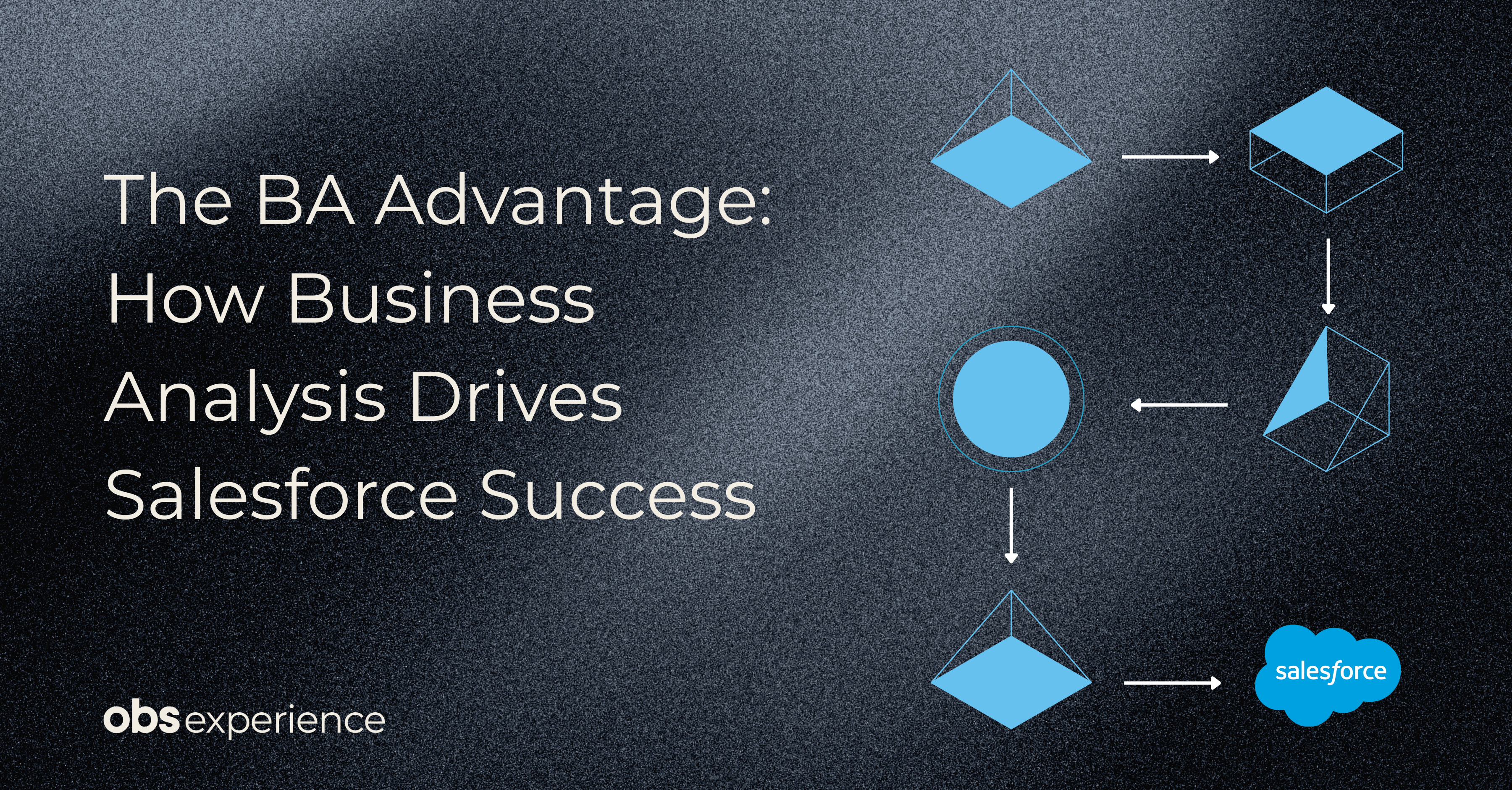Does your organization find it challenging to develop strong business cases that will get the support of key stakeholders and necessary project funding? Is there a proven methodology in your organization to prioritize proposed projects to select the highest value initiatives? No? Well you wouldn’t be alone. To some degree, many organizations struggle to develop robust and believable business cases and subsequently struggle to prioritize the proposed projects.
the support of key stakeholders and necessary project funding? Is there a proven methodology in your organization to prioritize proposed projects to select the highest value initiatives? No? Well you wouldn’t be alone. To some degree, many organizations struggle to develop robust and believable business cases and subsequently struggle to prioritize the proposed projects.
Why business cases aren't always approved
Most often, the key stakeholders and/or executives approving the project funding simply do not believe the stated business case benefits. In many instances business case benefits seem to be overstated and not realistic because many of them are based on benefits that are not tangible or easily measurable. On the other side of the equation, the project costs are understated or simply overlooked. To summarize, many projects don’t see light of day because business case benefits are not well understood, overstated, and not easily quantifiable.
Now let’s show you how to avoid these comman pitfalls.
Developing business case benefits
Business case development should start with the engagement of key stakeholders to get a clear definition of the problem and/or opportunity. It is most imperative to get the key stakeholders’ agreement around the stated business case problem/opportunity and the benefits of undertaking the project. Facilitating the key stakeholders’ consensus around the project benefits is the foundation of any robust business case. The benefits should then be created with the full participation of these stakeholders and ideally in a workshop like setting. Without the full participation of the project’s key stakeholders, the benefits can be misunderstood, misrepresented, and therefore may not believable. The project benefits should also be linked to overall departmental and corporate objectives.
Once, there is a consensus around the importance of the benefits, the process then moves to estimating the metrics surrounding them. Again, the benefits estimation exercise is best accomplished in a workshop setting with the same stakeholders.
For commercial enterprises, it’s “all about the money” and therefore the benefits should be categorized into three simple and tangible “hard” benefit groupings:
- Increased revenue
- Cost reduction
- Regulatory compliance (which is cost reduction or continued license to conduct business)
The “hard” benefits should be quantified with three-point estimates consisting of “most-likely”, “best-case”, and “worst-case” scenarios. The tangible “hard” benefits are what executives are looking for when approving business cases. These are the benefits that effect the organizational bottom line in terms of increased revenues or cost reductions.
Other “soft” benefits – i.e. ones that are not as easily quantifiable - should also be noted in your business case. For illustration purposes you may include a quantifiable dollar range for “soft” benefits if necessary, but these figures should not be included in the ROI calculation.
The stated project benefits should be supported by the underlying assumptions made in agreement with the subject matter experts and the key stakeholder groups.
Business Case Costs
Once there is an agreement around the project benefits, it is time to look at proposed solution(s) around technology, people, and process changes. There are many methodologies that can be used to estimate projects costs, but most organizations use a combination of the “top down” or “bottom up” approach which is supported by historical data of the actual costs behind previously completed projects. For even greater accuracy, other organizations will go further by running the project estimates through what is known as a Monte Carlo simulation.
There are three important tips to remember when estimating project costs:
- Anticipate how the project will be delivered and by who. Will the project be delivered by a vendor, internal team, or a combination of both? What project delivery methodology will be used? Waterfall, agile, or another one? Who delivers the project and the methodology behind it will have significant impact on its overall cost.
- Just like business case benefits, the project’s cost should have three-point estimates consisting of “most likely”, “best case”, and “worst case” scenarios.
- There are other project costs that are often overlooked including change management efforts, inflation, project facility costs, licensing, and risk mitigation costs.
Calculating ROI
Calculating return on investment should follow the efforts of estimating project benefits and costs. Some organizations will use already established business case templates that will not only capture return on investment calculations but also various other proposed project information like risks, the break-even point, and cost-displacement vs cost-avoidance aspects. Other organizations will use software applications to calculate a project’s ROI, these will usually include a range with most likely, best, and worst-case scenarios for results. Whatever approach is taken this last step is very important and is critical to your business case.
Business Case Approvals
Business cases should not be done in isolation in front of your computer. The development of strong cases should be interactive, engaging, and consensus building, and should include all of the key stakeholders. From our experience, the soft-skills of being able to lead and facilitate finding a consensus around the problem definition and realistic project benefits are just as important as estimating the proposed project cost. By having consensus around strong and realistic project benefits, you will have a much higher chance of getting your project and necessary funding approved.
To learn more about building stronger business cases and Online’s Business Consulting practice, please leave a comment below or click here.
About Randy Radic
Randy is a senior business/IT practitioner with over 20 years of project management, business analysis, and business transformation experience working with major corporations in private and public sectors. Randy is also an ongoing conference presenter on the topic of building strong business cases and last spoke at the BBC 2017 conference in Orlando.



-3.png)
Submit a Comment